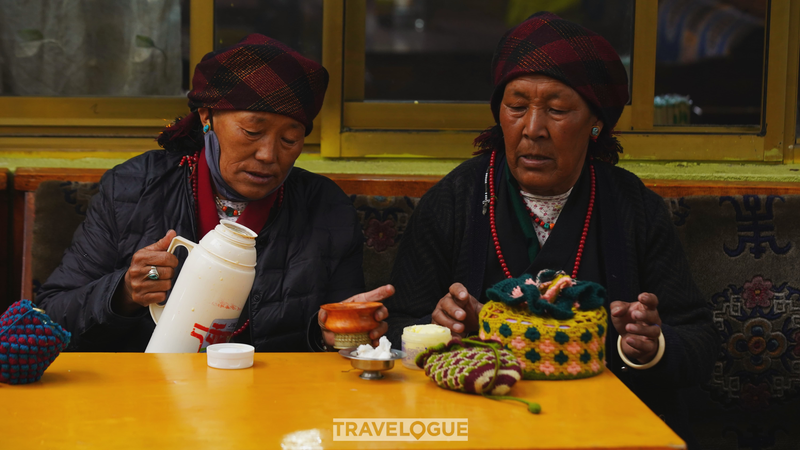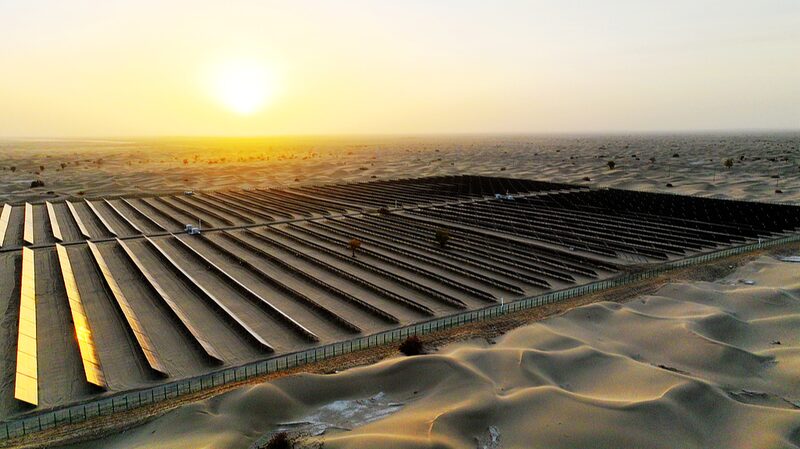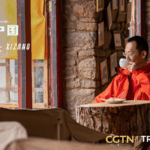Six decades of progress have transformed the world's highest plateau into a dynamic hub where ancient traditions harmonize with cutting-edge innovation. As dawn breaks over the Tibetan plateau, solar panels at 5,000-meter altitudes catch first light – symbols of a region embracing renewable energy while preserving its cultural soul.
The newly operational Lhasa-Nyingchi Railway exemplifies this duality, its tracks navigating permafrost terrain that once challenged Silk Road caravans. Where yak caravans once carried tea bricks, refrigerated trucks now transport premium organic produce to global markets through upgraded cold-chain networks.
Local residents describe a quiet revolution: LED-lit classrooms replacing butter lamp study sessions, smartphone apps monitoring livestock herds, and traditional artisans exporting goods via e-commerce platforms. Yet temple festivals still mark the lunar calendar, and nomadic families maintain seasonal grazing routes unchanged for centuries.
This economic metamorphosis presents unique opportunities. Investors note growing potential in sustainable tourism and specialty agriculture, while engineers study high-altitude infrastructure solutions applicable worldwide. Researchers emphasize the need for development models that protect fragile ecosystems while improving livelihoods.
As photovoltaic farms expand across the plateau and rail networks connect remote communities, Tibet's story offers insights into balancing progress with cultural preservation – a challenge resonating across developing Asia.
Reference(s):
cgtn.com








